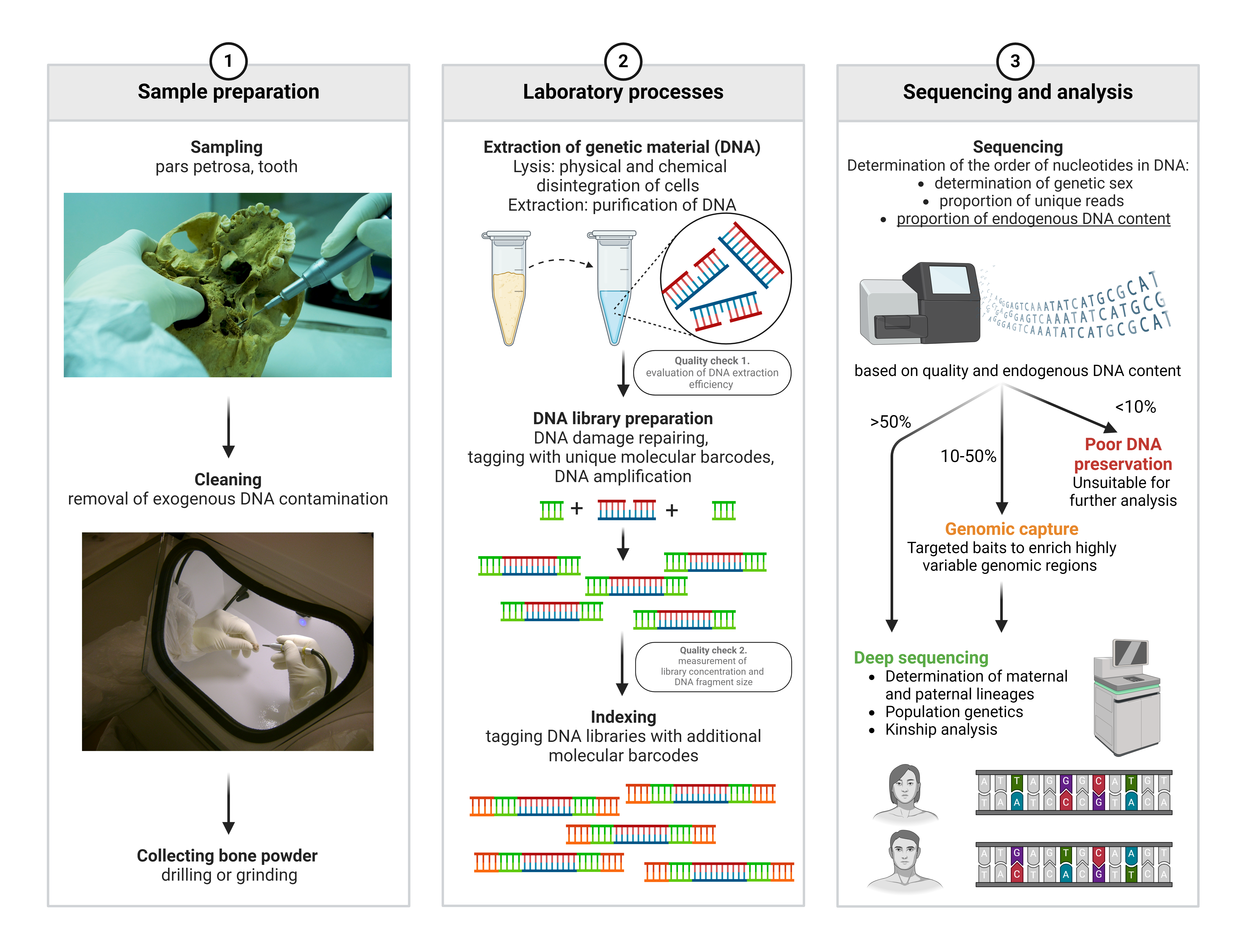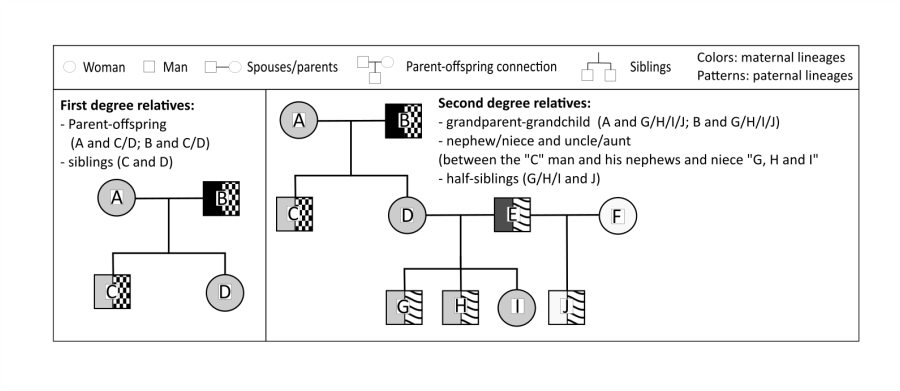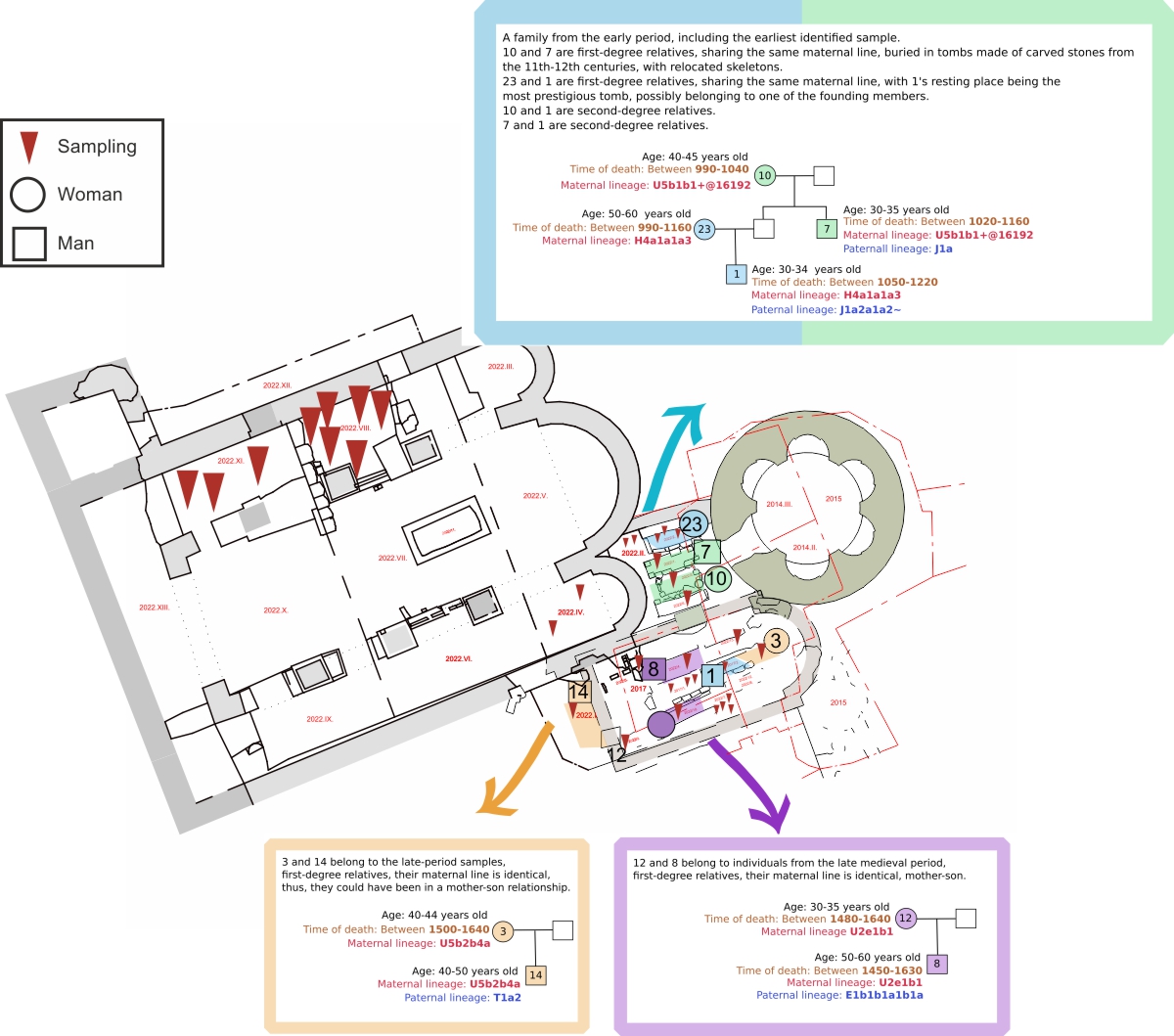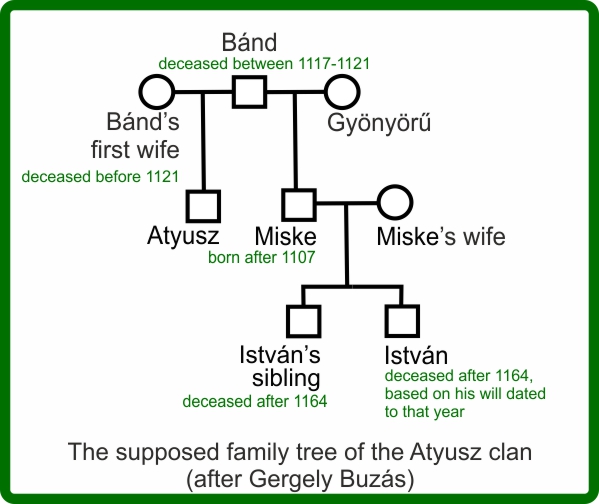The Monastery of Almád
The history of the Almád Monastery, founded by the Atyusz clan, is well-documented, particularly through the 1121 founding charter issued by a nobleman named Atyusz. Excavations near Monostorapáti revealed that a member of the clan had built a church in the area as early as the 11th century. The basilica, constructed between 1117 and 1121, underwent several reconstructions, with members of the patron family buried in the central crypt and southeastern chapels. By the late medieval period, the monastery came under the influence of the Horvát family, owners of the neighboring Nagyvázsony estate. Monastic life ceased in the 1540s, and the structure was dismantled in 1552. During the 18th and 19th centuries, treasure hunting was intensive among the ruins; fortunately, human remains that were removed were carefully reinterred.
Archaeological research on the patron family’s tombs, along with written sources related to the monastery, have enabled the potential identification of some individuals buried there, allowing for a reconstruction of burial customs and choices of burial sites. This work required anthropological analysis, radiocarbon dating of human remains, and kinship analysis among those buried.

Genetic analysis of kinship relations
Human remains from 34 individuals discovered in the Almád Monastery excavation were transferred to the Archaeogenomics Institute RCH HUN-REN for laboratory processing and genetic analysis. The primary objective of these studies is to map kinship relations, comparing findings against the hypothesized family tree of the Atyusz clan, reconstructed from historical sources.

Key Research Findings
A total of 12 women and 22 men were identified (through anthropological and genetic analyses), including bone remains of four children.
Based on radiocarbon dating of 25 human remains, the samples fall into two main groups: one from the 10th-13th centuries and another from the 15th-17th centuries, with at least two individuals passing away before the monastery’s founding.
Among the deceased, six individuals were identified as first-degree relatives, and eight pairs of second-degree kinship relations were also established.
Despite kinship ties, the group is diverse, especially regarding maternal lineages.

Mapping Kinship: Integrating Insights Across Disciplines
Kinship determination is conducted by analyzing information from the whole genome, while also incorporating data from maternal lineage (mitochondrial DNA) and paternal lineage (Y-chromosomal DNA). Although matches in these markers do not necessarily indicate close kinship—as they can remain consistent over centuries—they are essential in determining the direction of the relationship when the degree of kinship is known. For example, if genetic analysis suggests a first-degree, parent-child relationship between an adult male and an adult female, and their maternal lineage matches, it is likely that the female was the mother of the male.
Anthropological and absolute chronological data further support the construction of the family tree. For instance, if a parent-child relationship is indicated by genetic data between an adult and a young child identified through anthropological study, the direction of the relationship is clearly defined.
Genetic correlations of individuals buried in the monastery of Almád

Pigmentation Analysis
Genetic analysis enables the examination of skin, hair, and eye color.
The people buried in the Almád Monastery are characterized by medium brown skin tones and likely brown hair shades (neither blonde nor black), with some individuals having curly hair. Among those analyzed, lighter eye colors were observed in a few cases, though no blue-eyed individuals were identified.
Conclusions
The genetic findings and available historical data suggest the following hypotheses:
Individual 1 (buried in Grave 2017/2/1) may be identified as Miske of the Atyusz clan.
The mother of the individual buried in Grave 1, identified as Individual 23, could correspond to Miske’s mother, known as Gyönyörű, mentioned in historical records.
The paternal lineage characteristic of the male line of the Atyusz clan may belong to haplogroup J1a2a.

This research remains ongoing, with the next step focusing on examining the broader kinship network of individuals buried at the monastery, using insights derived from their whole genomes.